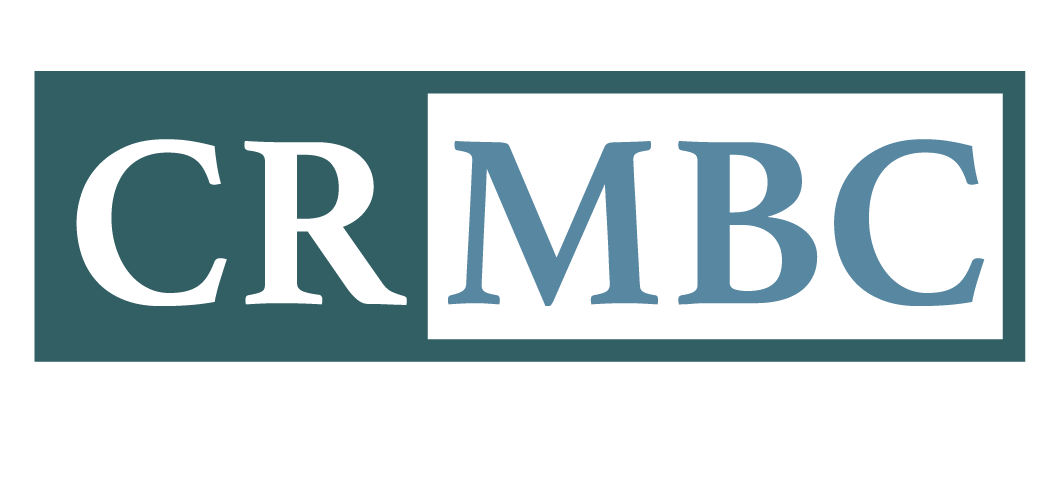Author: Jon Wroten, MBA, CPP, Senior Vice President, The Path Alliance.
After an employee gets injured, many employers isolate them, making them feel trapped and disconnected. Typically, the employer takes the employee out of the workplace, arranges for them to receive medical treatment, and then sends them home to recover, with little or no further interaction. Sometimes, the employer assigns a human resources representative to communicate with the employee. However, after an initial perfunctory call, the employee may be left to communicate with an indifferent claims adjuster. This lack of communication and connection with their employer, colleagues, and work can leave employees feeling bewildered and confined.
Why Employers Cage Injured Employees
Employers often restrict their injured workers for three main reasons:
- To prevent any errors or mistakes that might lead to legal issues.
- They may not trust their injured workers and tend to believe they pretend to be injured for monetary gains or they just don’t want to work.
- Due to their busy schedules and operational demands, they consider it optional to allocate additional resources to manage the injured workers’ experience.
Ironically, these actions taken by employers to avoid legal issues and save time may lead to higher costs for them in the long run.
Sue’s Story
Sue, who worked as an Executive Assistant in Sacramento, went through a demoralizing spiral of events after injuring her back at the office. She was a high-performing employee of a Fortune 200 national firm for over a decade. Initially, her company and colleagues were supportive, but her good work friends gradually went silent, and she learned that H.R. had asked them not to talk to her. This news came as a hurtful blow as these were people she had known for years and enjoyed spending time with outside of work.
During her initial days of recovery, Sue continued working on a project until her access to the project portal was terminated without any explanation. The worst part was that the only person she could communicate with regarding her injury and return to work was a claims adjuster who was often rude and nasty towards her. When she confronted the adjuster about their attitude, they bluntly told her that they thought she was lying about her injury and physical limitations. Their attitude deeply upset Sue, and the whole situation felt adversarial. As a person who needs to stay busy, solve problems, and have social contact with peers, she was devastated emotionally. She was proud of her reputation as a loyal, reliable, and effective employee, but she lost all that when she was injured.
The emotional toll of the situation did not help her recovery. Adding to this, Sue was in pain from her injury and had uncertainty about her prognosis and whether she could return to the work she enjoyed and earn a paycheck. It was a scary, sad, and depressing time for her that had her languishing at home for years. However, the situation did not need to be that way. Ultimately, she hired an attorney to look after her rights, and eventually, she returned to full-time work but with a different employer.
Two Worlds – Work Families
As employees, we have two families: our loved ones outside of work and our colleagues and co-workers who make up the “work family” we spend most of our waking hours with. The surrogate work family is crucial to our well-being and is recognized as significant in the H.R. world. Mary Gormandy White, M.A., SHRM-SCP, SPHR even offers 50 quotes to celebrate and show your work family how much they mean to you in her article 50+ Work Family Quotes to Celebrate Your Dream Team.
The loss of an employee’s work family will leave a significant void in a person’s life. After all, half of their family has been taken away.
What the Employee Feels When They Get Hurt
After a workplace injury, the employee may feel isolated and separated from their work family and may experience feelings of ostracism and disconnection. These feelings may worsen if the employee is off work for an extended period, as they may feel scared and uncertain about their future. Employers need to minimize fear and uncertainty by maintaining communication, providing information, and reassuring the injured workers that they will be cared for during their recovery. If employers fail to do so, employees may seek reassurance elsewhere, such as personal injury attorneys, and become distrustful of their employer.
Communication and Predictability
Howard H. Stevenson and Mihnea Moldoveanu discuss in their article “The Power of Predictability,” published in the Harvard Business Review, how vital predictability is. They explain that anticipating and predicting what comes next and the outcomes of actions is fundamental to who we are as individuals and organizations.
In the popular book “Who Moved My Cheese,” Dr. Spencer Johnson discusses how people experience fear when change happens. This fear can be overwhelming and even paralyzing.
Given that change can induce fear, we are responsible for caring for our employees and reducing this fear when a significant change occurs, such as a workplace injury. Employers can fulfill this duty by maintaining communication, providing information, and answering questions to reassure injured workers that they will be cared for during recovery.
Danger – Caged Employee May Bite
The danger of caging or isolating an injured worker is that they will become distrustful of the employer, feel angry, and believe they are being mistreated or blamed for the injury. This time is when they may bite back – be sure to count your fingers.
Imagine the employee home alone all day, not feeling well and fearful because of the change in their corner of the world. They might watch T.V. all day to pass the time, and personal injury attorneys strategically advertise during these long afternoons. These attorneys tell them that they are being mistreated and that nobody cares about their well-being. They promise to provide the answers and information injured workers need to protect themselves. They say that they can get the employees the compensation they deserve.
This message is precisely the lifeline a caged employee is desperate for. Employees need information, predictability, answers, and reassurance that they will be OK and get what they deserve. If their employer is not providing this information and reassurance, they will go wherever they need to get the peace of mind they desire. If the only person who will listen and reassure the employee is the attorney, they will turn to the attorney.
The Staggering Cost of Caging Employees
The consequences employers face for isolating their workers who are injured are substantial. CLARA Analytics conducted a recent study and published a white paper titled The Impact of Attorney Involvement on Injured Workers, which found that 35%, or 1 in 3, of all California claims are litigated. The study found that the average claim cost was $11,674 without attorney involvement. However, when an attorney becomes involved, that cost skyrockets to $84,244. That is an astounding 722% increase for a litigated claim versus a non-litigated claim.
The study further found that the average non-litigated claim was open 322.3 days versus 1128.9 days for a litigated claim, or 3.53 times longer. These findings not only impact the claims costs as described above but will also dramatically impact workers comp insurance costs and WCIRB X-Mod factors as the claim stays open longer and trails on the employer’s open claims costs. Michael Paczolt, ACAS, FCAS, MAAA, Principal & Consulting Actuary with Milliman, one of the leading actuarial firms in the nation, found similar results in a separate study. Milliman’s white paper titled How Does Attorney Involvement Impact Workers’ Compensation Claims found that “36% of lost time claims have attorney involvement.” Further, Milliman’s study found that “Claims with attorney representation take 2.1 times longer to close.”
This concludes Part One of our exploration into the consequences of isolating injured workers. Stay tuned for Part Two, where we discuss strategies for better communication and predictability to support injured employees.

Jon Wroten, MBA, CPP, is Senior Vice President at The PATH Alliance and Managing Director of California Risk Advisors LLC, where he provides strategic leadership to help California employers derive maximum benefit from being self-insured. In his prior role as the Chief of the Office of Self-Insurance Plans (OSIP) for the State of California, the nation’s largest self-insurance marketplace, he was responsible for managing $22 billion in risk exposure, protecting 4.6 million California workers representing $192 billion in annual payroll. Jon taught business, insurance, and risk management as an adjunct professor at Sierra College for over fifteen years. He was also the Assistant Chief at Cal/OSHA and President and Chair of the Safety Center of California, a National Safety Council (NSC) affiliate.








